Home>Garden Essentials>What Do Eucalyptus Seeds Look Like
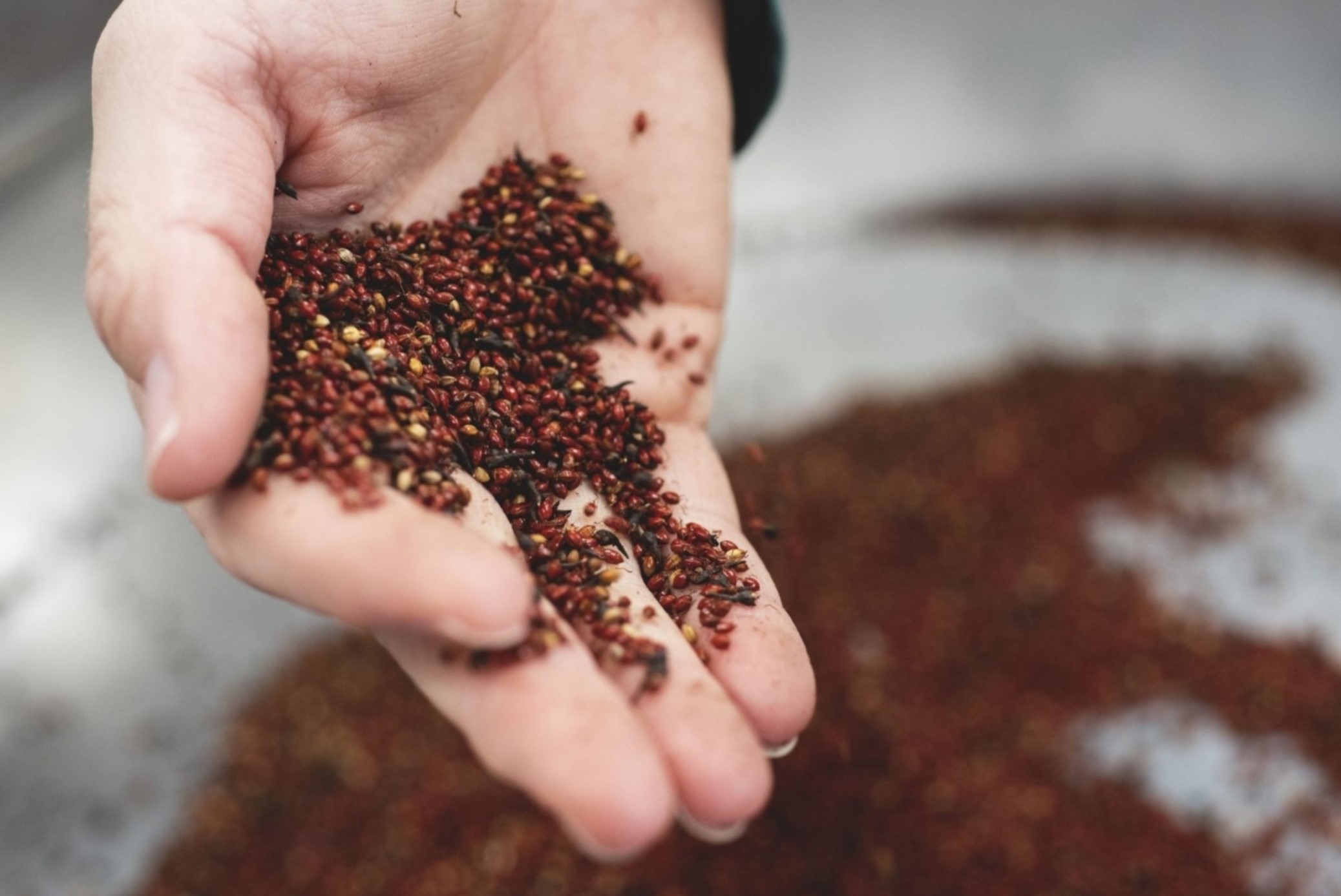

Garden Essentials
What Do Eucalyptus Seeds Look Like
Modified: March 16, 2024
Discover how eucalyptus seeds look like in your garden. Explore the unique characteristics and appearance of eucalyptus seeds and enhance your gardening experience.
(Many of the links in this article redirect to a specific reviewed product. Your purchase of these products through affiliate links helps to generate commission for Storables.com, at no extra cost. Learn more)
Introduction
Welcome to the fascinating world of gardening and plants! If you are curious about eucalyptus seeds and wondering what they look like, you have come to the right place. Eucalyptus trees are renowned for their beauty, fragrance, and various uses, and understanding the appearance of their seeds can further enhance your knowledge and appreciation of these incredible plants.
Eucalyptus trees, belonging to the genus Eucalyptus, are native to Australia but can now be found in many parts of the world. With over 700 species, these trees can range from small shrubs to towering giants, reaching heights of over 280 feet.
These majestic trees are not only visually appealing but also possess many practical uses. Eucalyptus is a popular material for timber, essential oils, and medicinal products. In addition, their unique aesthetic and ability to attract wildlife make them a sought-after choice for gardeners and landscapers.
Now, let’s delve into the intriguing world of eucalyptus seeds and explore their colors, sizes, textures, shapes, patterns, and markings. By the end, you’ll have an expert understanding of what eucalyptus seeds look like.
Key Takeaways:
- Eucalyptus seeds come in various colors, sizes, and patterns, reflecting the diversity of these remarkable plants. Their unique design and resilience enable them to thrive in diverse habitats.
- The small, durable, and intricately patterned eucalyptus seeds are designed for successful germination and dispersal. Their ability to remain dormant until favorable conditions arise showcases nature’s remarkable strategies for propagation.
Read more: What Do Beet Seeds Look Like
Overview of Eucalyptus Seeds
Eucalyptus seeds, like many other plant seeds, are the reproductive units of the eucalyptus tree. They play a vital role in the propagation and continuation of the species. Each seed contains the genetic material necessary for a new tree to grow and develop.
Eucalyptus seeds are typically small in size, ranging from 1 to 5 millimeters in diameter. The exact size may vary depending on the species, with some eucalyptus seeds being slightly larger or smaller than the average.
These seeds are generally hard and durable, allowing them to withstand harsh environmental conditions and increase their chances of successful germination. This robustness is an evolutionary adaptation that helps eucalyptus seeds withstand wildfires and other natural disturbances.
One fascinating characteristic of eucalyptus seeds is their ability to remain dormant for extended periods until favorable conditions for germination are present. This dormancy ensures that the seeds survive through unfavorable seasons, such as drought or extreme temperatures, and only sprout when the environment is suitable for growth.
Furthermore, eucalyptus seeds are typically dispersed by various means, including wind, water, and animals. Their small size and lightweight nature enable them to be carried over long distances by wind currents, increasing their chances of reaching suitable locations for germination. Some species of eucalyptus seeds have specialized structures that aid in dispersal through water, allowing them to travel downstream or across bodies of water.
Now that we have an overview of eucalyptus seeds, let’s explore their color and size in more detail.
Color and Size of Eucalyptus Seeds
Eucalyptus seeds exhibit a wide range of colors and sizes, adding to the diversity and allure of these remarkable plants. The color of eucalyptus seeds can vary from pale beige and light brown to darker shades of brown and even black.
When it comes to size, eucalyptus seeds are generally small, but there can be variations among different species. On average, eucalyptus seeds measure between 1 to 5 millimeters in diameter. However, it’s important to note that some species may have slightly larger or smaller seeds.
The size and color of eucalyptus seeds are influenced by a combination of factors, including the species and environmental conditions. Certain species may produce larger seeds to give the emerging seedlings a competitive advantage in nutrient-poor soils or during periods of drought.
Additionally, the color of eucalyptus seeds can be an indicator of their maturity. In general, mature eucalyptus seeds tend to have a darker color, indicating that they are ready for dispersal and germination. On the other hand, lighter-colored seeds may indicate immaturity and the need for further development before they can successfully grow into new trees.
It’s fascinating to observe the diverse colors and sizes of eucalyptus seeds, which reflect the incredible adaptability and resilience of these trees. The next aspect we’ll explore is the texture and shape of eucalyptus seeds.
Eucalyptus seeds are small and dark brown in color, with a capsule shape. They are usually around 1-2mm in size and have a smooth texture.
Texture and Shape of Eucalyptus Seeds
The texture and shape of eucalyptus seeds play a significant role in their survival and dispersal. Eucalyptus seeds generally have a smooth, hard texture, which helps protect them from damage and ensures their longevity.
The shape of eucalyptus seeds can vary depending on the species. Some eucalyptus seeds are oval or elliptical in shape, resembling a small egg. Others may have a more irregular or asymmetrical shape, with subtle variations in curvature or indentation.
The smooth texture and compact shape of eucalyptus seeds allow them to be easily carried by wind or water. The streamlined design reduces air resistance, enabling the seeds to disperse over long distances and reach favorable environments for germination.
Additionally, the texture and shape of eucalyptus seeds facilitate their attachment to surfaces or being carried by animals. Some species may have appendages or structures that aid in adherence to the fur or feathers of animals, ensuring a means of transportation and dispersal to new locations.
The diverse textures and shapes of eucalyptus seeds illustrate the adaptability and versatility of these remarkable plants. Next, we’ll delve into the patterns and markings that can be found on eucalyptus seeds.
Patterns and Markings on Eucalyptus Seeds
Eucalyptus seeds exhibit a variety of intricate patterns and markings, adding beauty and intrigue to their appearance. These patterns and markings can vary greatly among different species, making each seed unique and distinctive.
One common pattern found on eucalyptus seeds is a marbled or speckled appearance. It is as if the seed surface is adorned with tiny dots or lines of contrasting colors. This pattern can range from subtle variations in shades of brown to more vibrant combinations of colors, such as brown and black or beige and gray.
In addition to the marbled pattern, some eucalyptus seeds may feature intricate textures or embossed patterns. These textures can resemble delicate spirals, raised bumps, or even geometric shapes. These patterns not only add visual interest but also provide tactile stimulation when handling the seeds.
Furthermore, some eucalyptus seeds have distinct markings that are characteristic of a particular species. These markings can take the form of distinct ridges, grooves, or furrows on the seed surface. They may be arranged in specific patterns, such as radial lines or concentric circles.
These patterns and markings serve various purposes. They can provide camouflage, helping the seeds blend into their surroundings and protect them from potential predators. Additionally, they may play a role in seed identification and species recognition, aiding in the dispersal and reproductive success of eucalyptus trees.
By observing the patterns and markings on eucalyptus seeds, we gain a deeper appreciation for the intricate details and complexities of nature. Let’s now conclude our exploration of eucalyptus seeds.
Read more: What Do Coneflower Seeds Look Like
Conclusion
Exploring the world of eucalyptus seeds has provided us with a deeper understanding of these remarkable plants and their incredible reproductive mechanisms. Eucalyptus seeds come in a range of colors, sizes, textures, shapes, and patterns, reflecting the diversity and adaptability of the eucalyptus genus.
From their small and durable structure to their intricate patterns and markings, eucalyptus seeds are uniquely designed for successful germination and dispersal. Their ability to remain dormant until favorable conditions arise and their adaptability to various environmental factors make them resilient and able to colonize diverse habitats.
By learning about the appearance of eucalyptus seeds, we can develop a greater appreciation for the complex processes and strategies that allow these trees to propagate and thrive. Whether it be their color and size, texture and shape, or patterns and markings, each aspect contributes to the remarkable journey of a seed transforming into a towering eucalyptus tree.
So, the next time you come across eucalyptus seeds, take a moment to marvel at their beauty and consider the incredible journey that lies within. Whether you’re a gardener, a nature enthusiast, or simply curious about the wonders of the natural world, eucalyptus seeds are a fascinating piece of the puzzle.
Remember, in the vast and diverse realm of the plant kingdom, every seed holds a story waiting to be unfolded, and eucalyptus seeds are no exception. Embrace the wonder and marvel at the incredible intricacies that nature has to offer.
Happy gardening and exploration!
Frequently Asked Questions about What Do Eucalyptus Seeds Look Like
Was this page helpful?
At Storables.com, we guarantee accurate and reliable information. Our content, validated by Expert Board Contributors, is crafted following stringent Editorial Policies. We're committed to providing you with well-researched, expert-backed insights for all your informational needs.
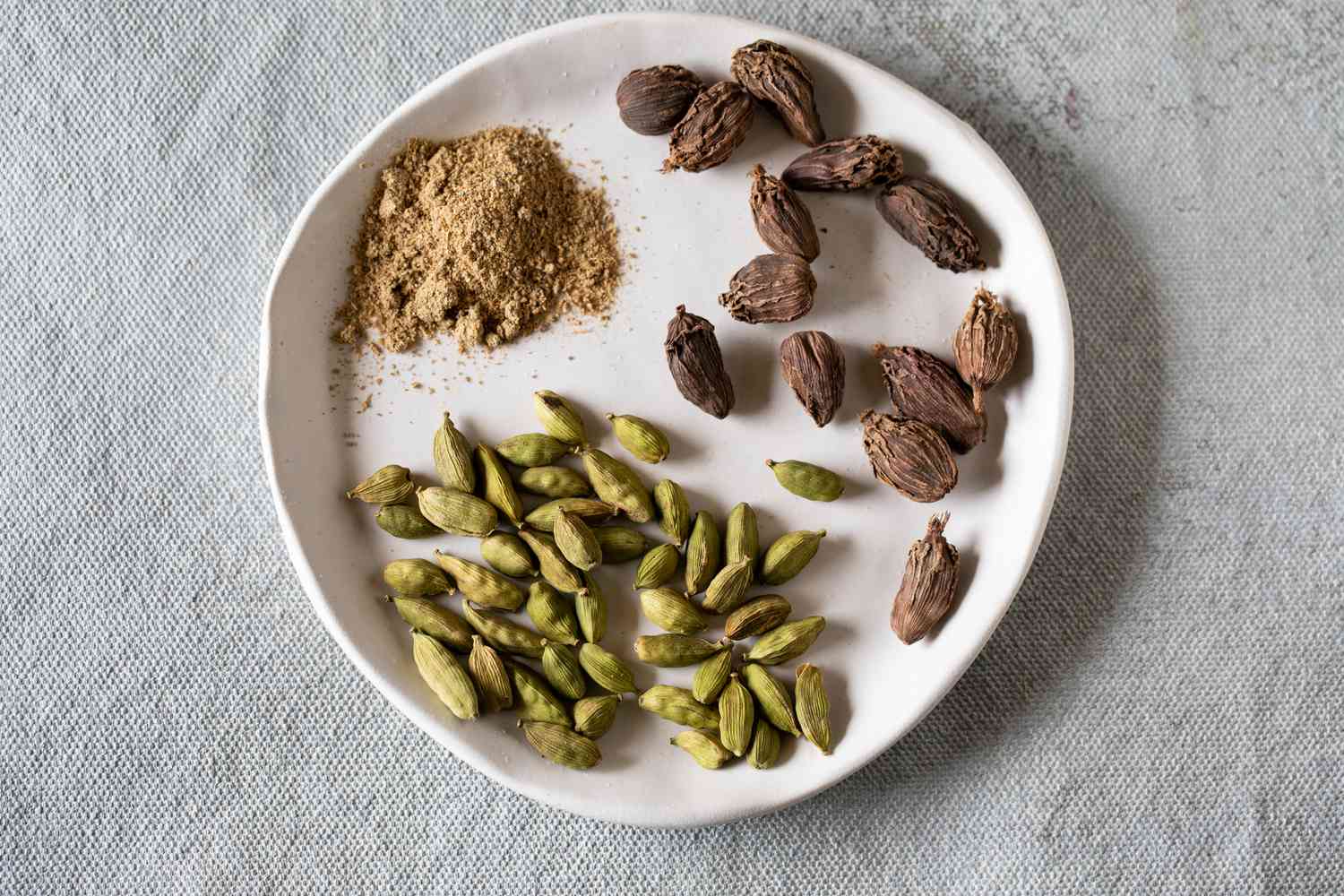
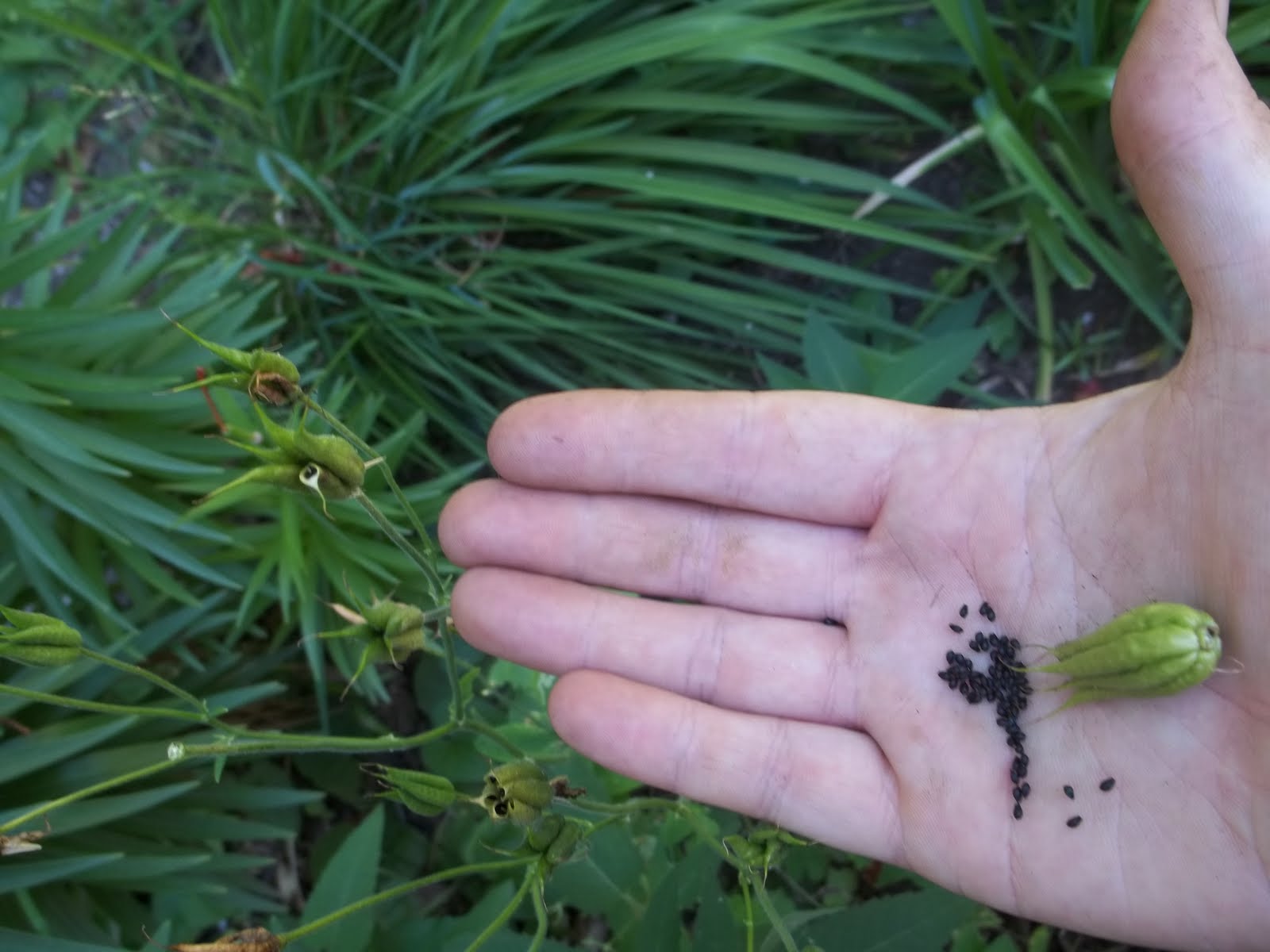
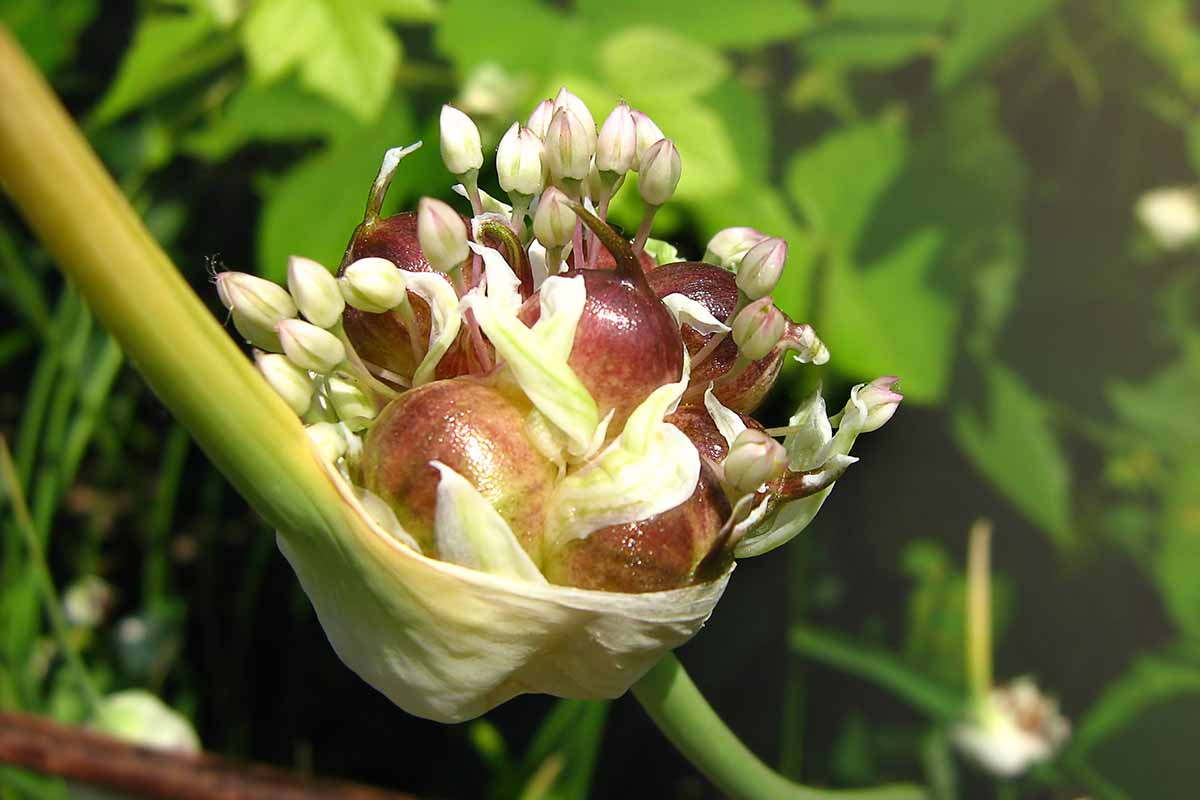
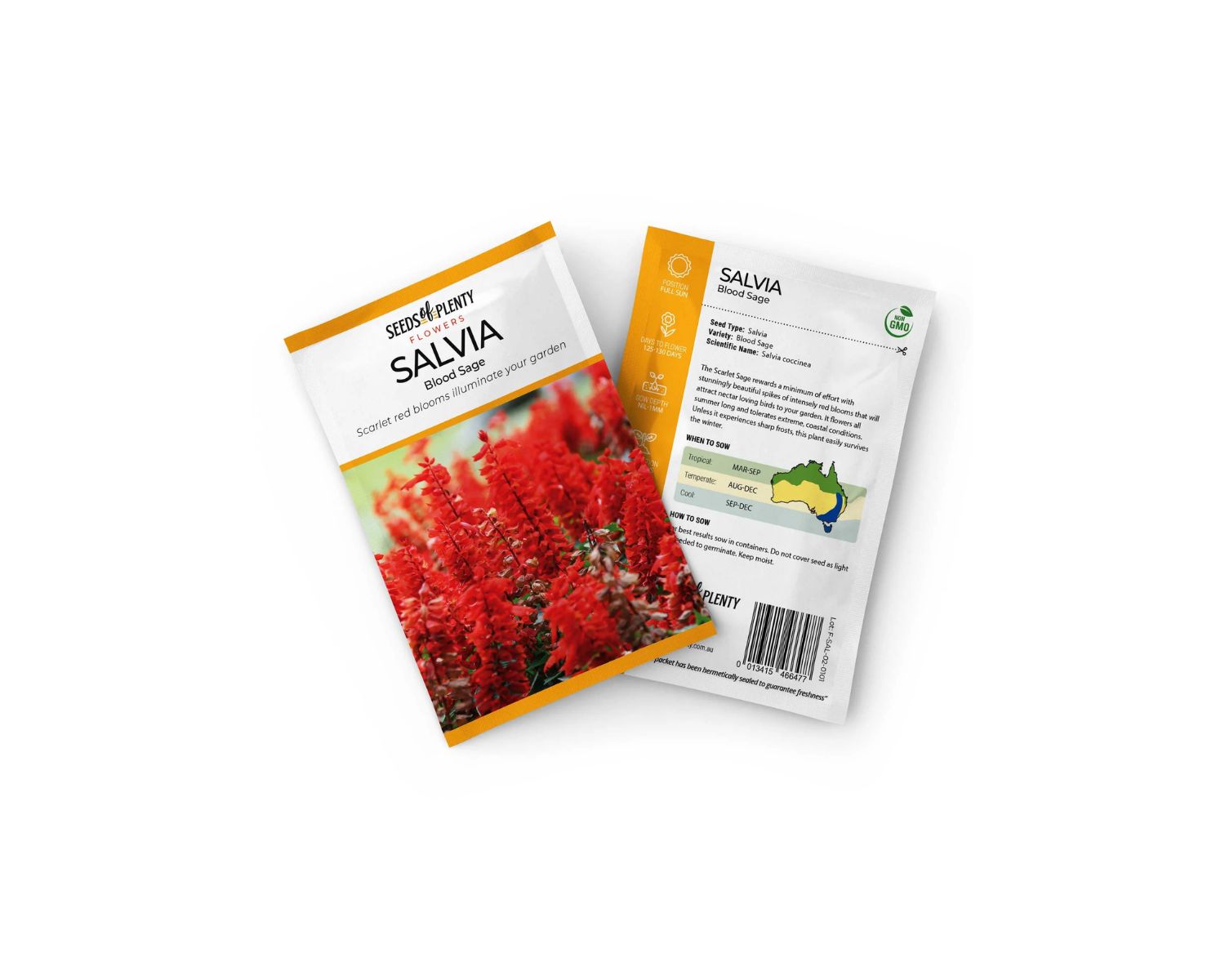
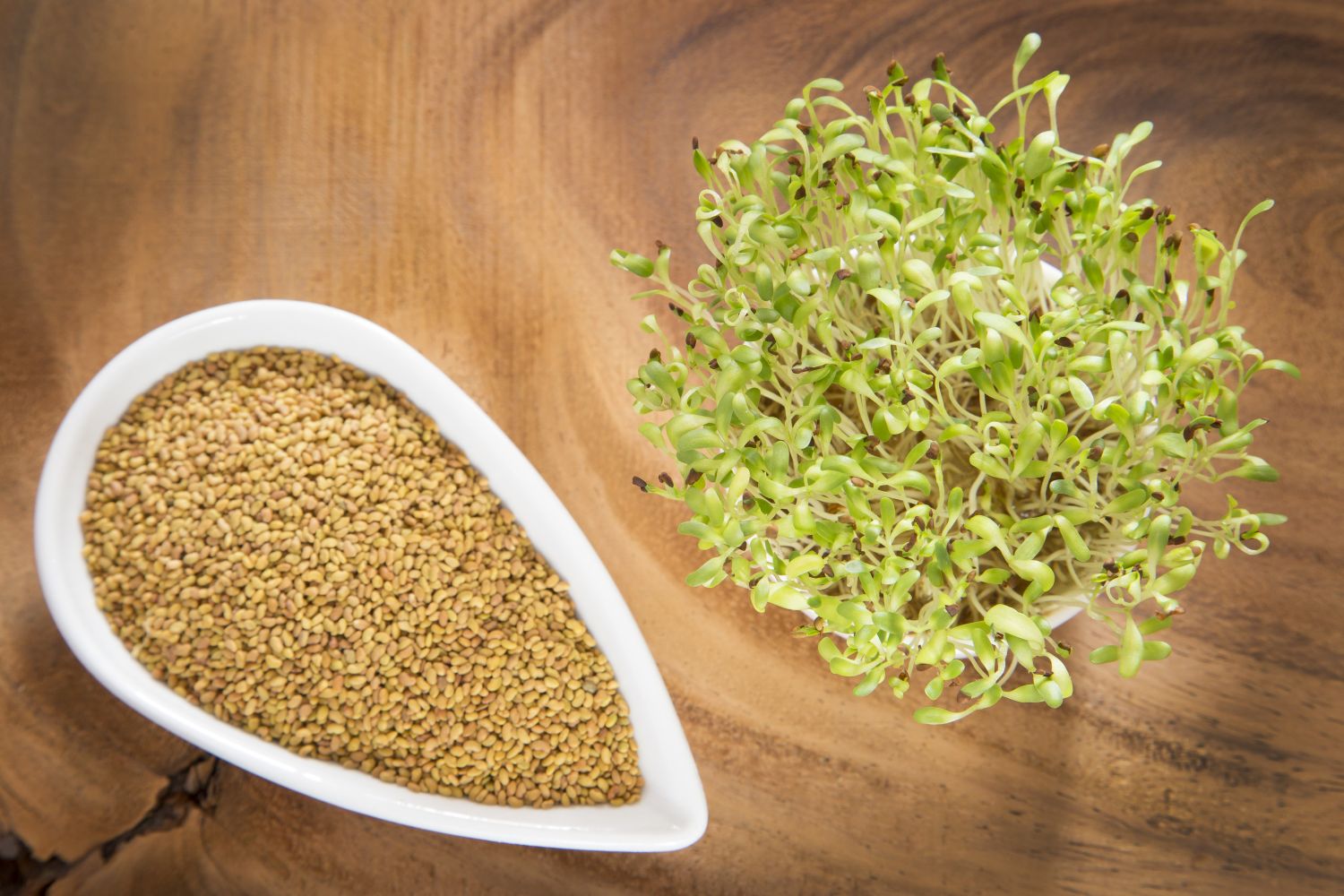
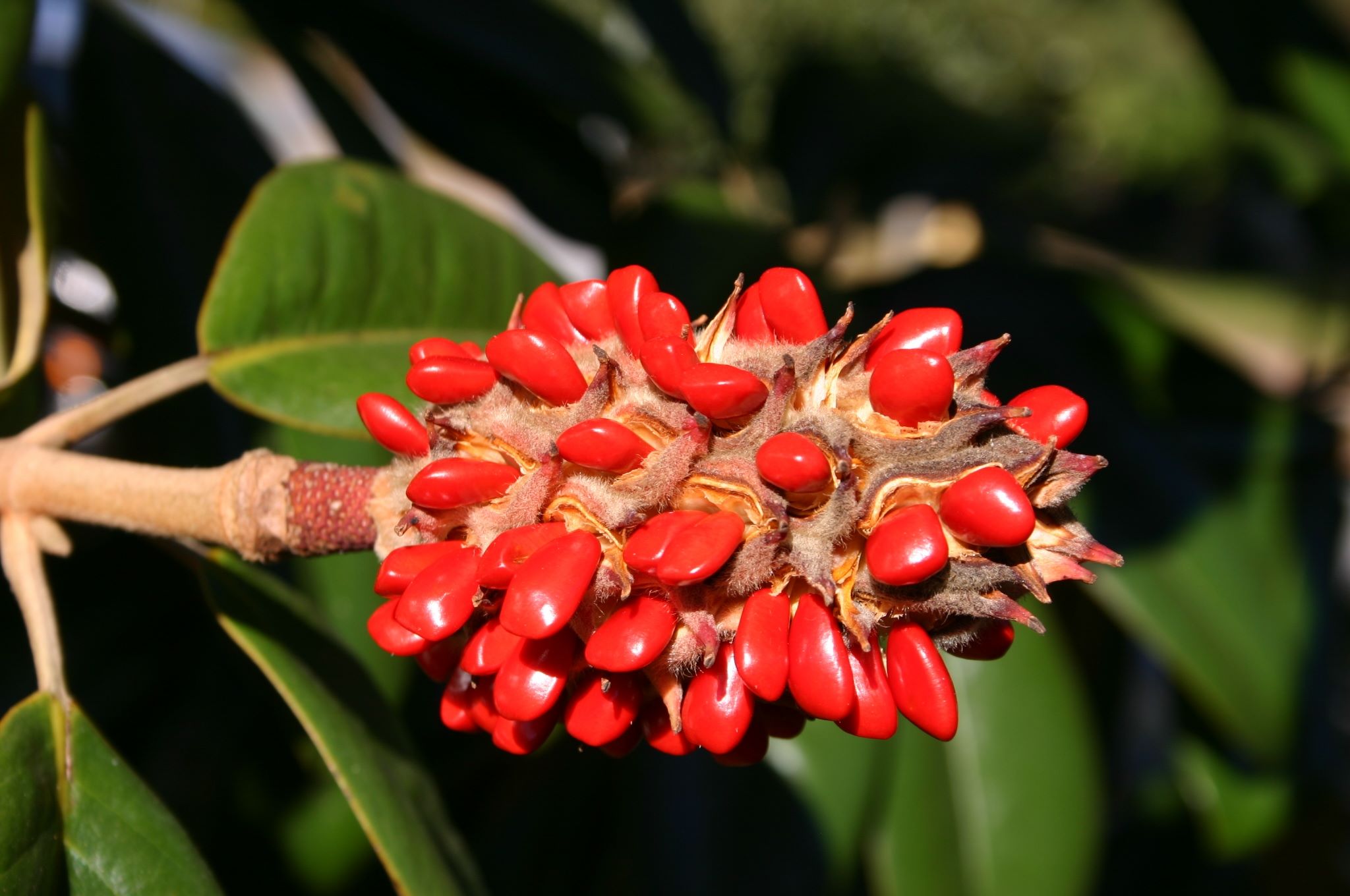
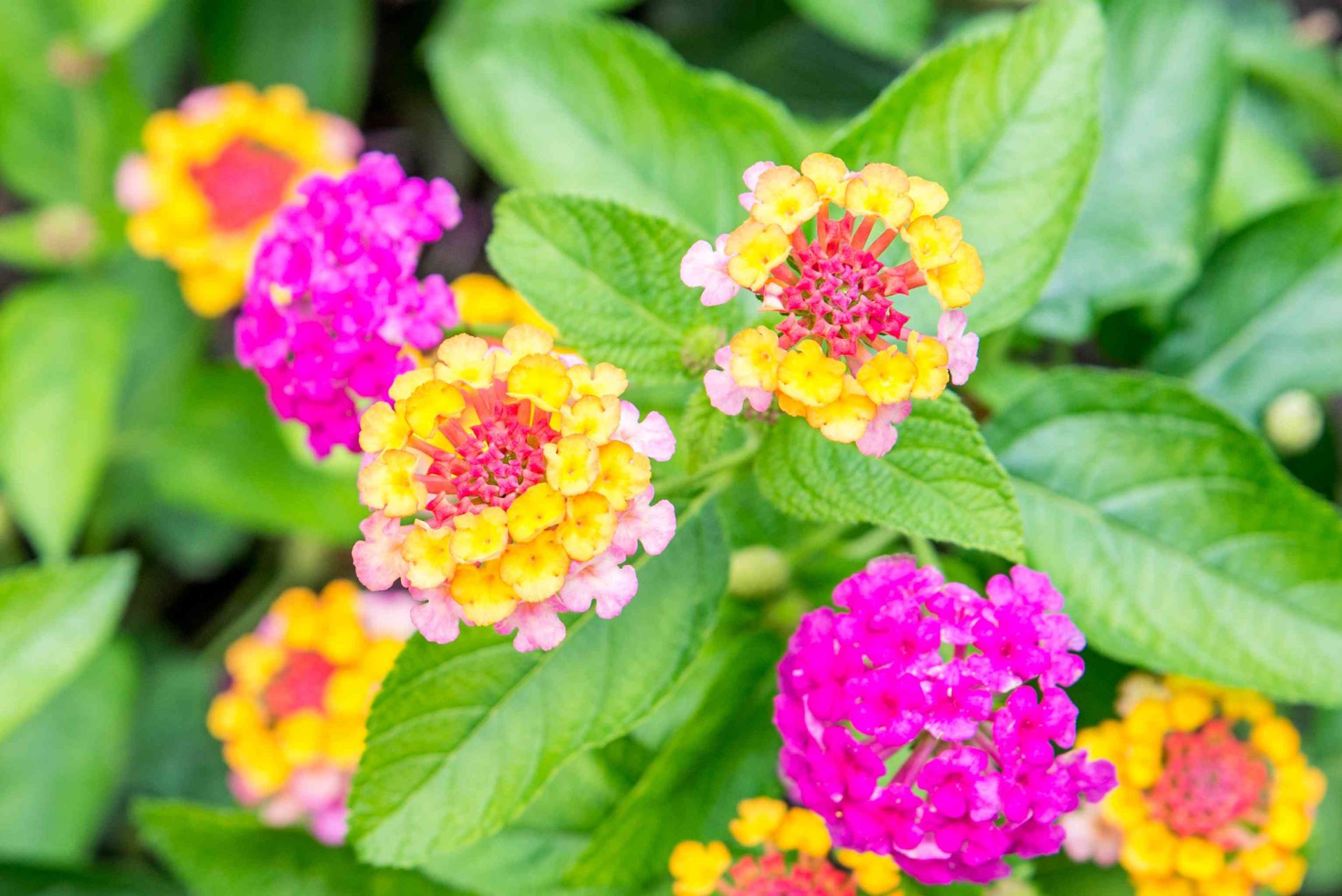
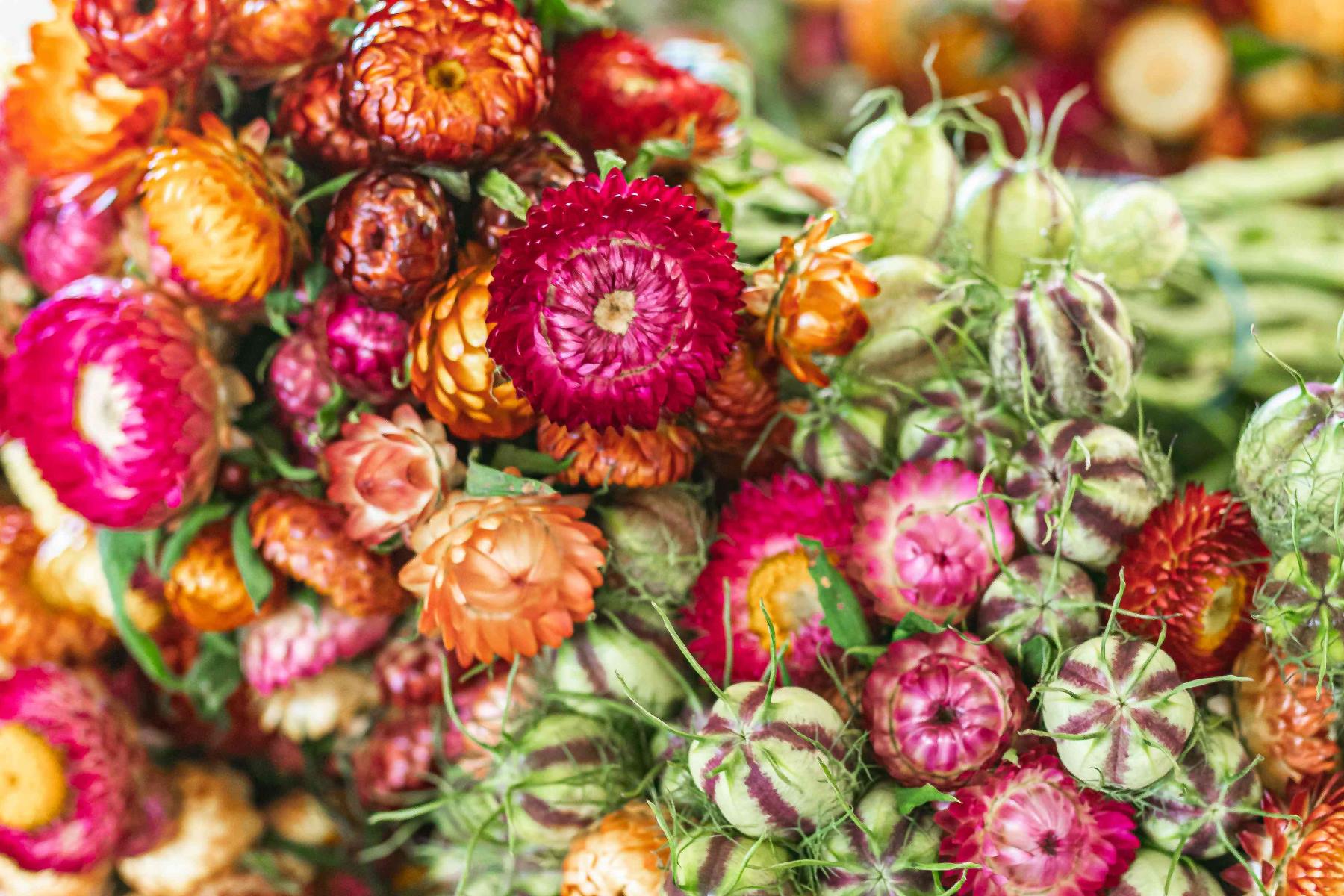
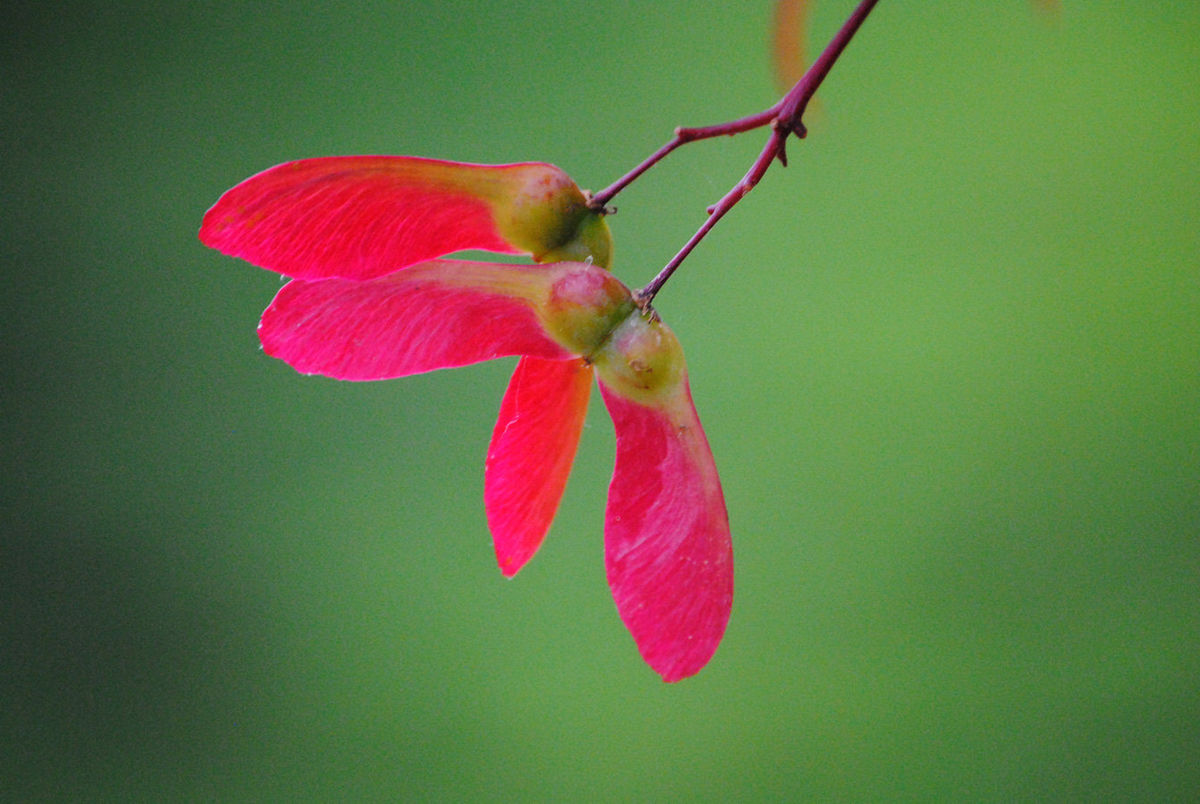
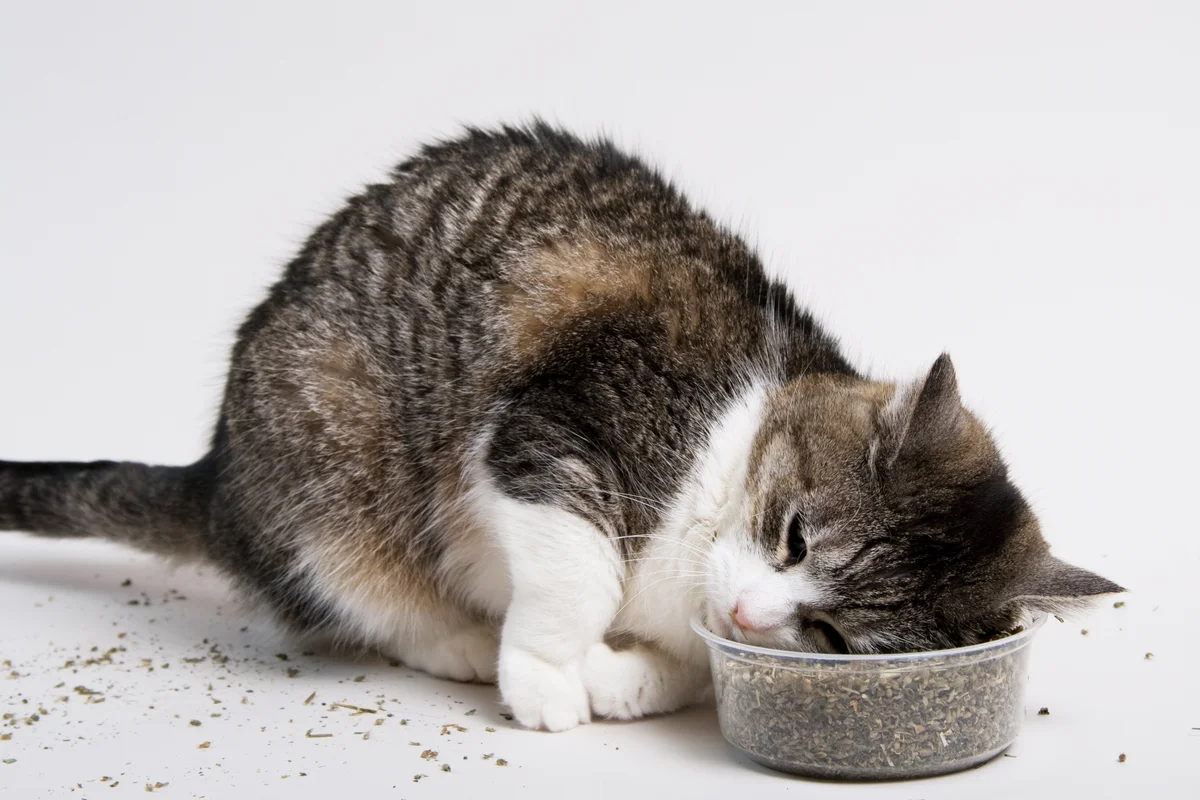
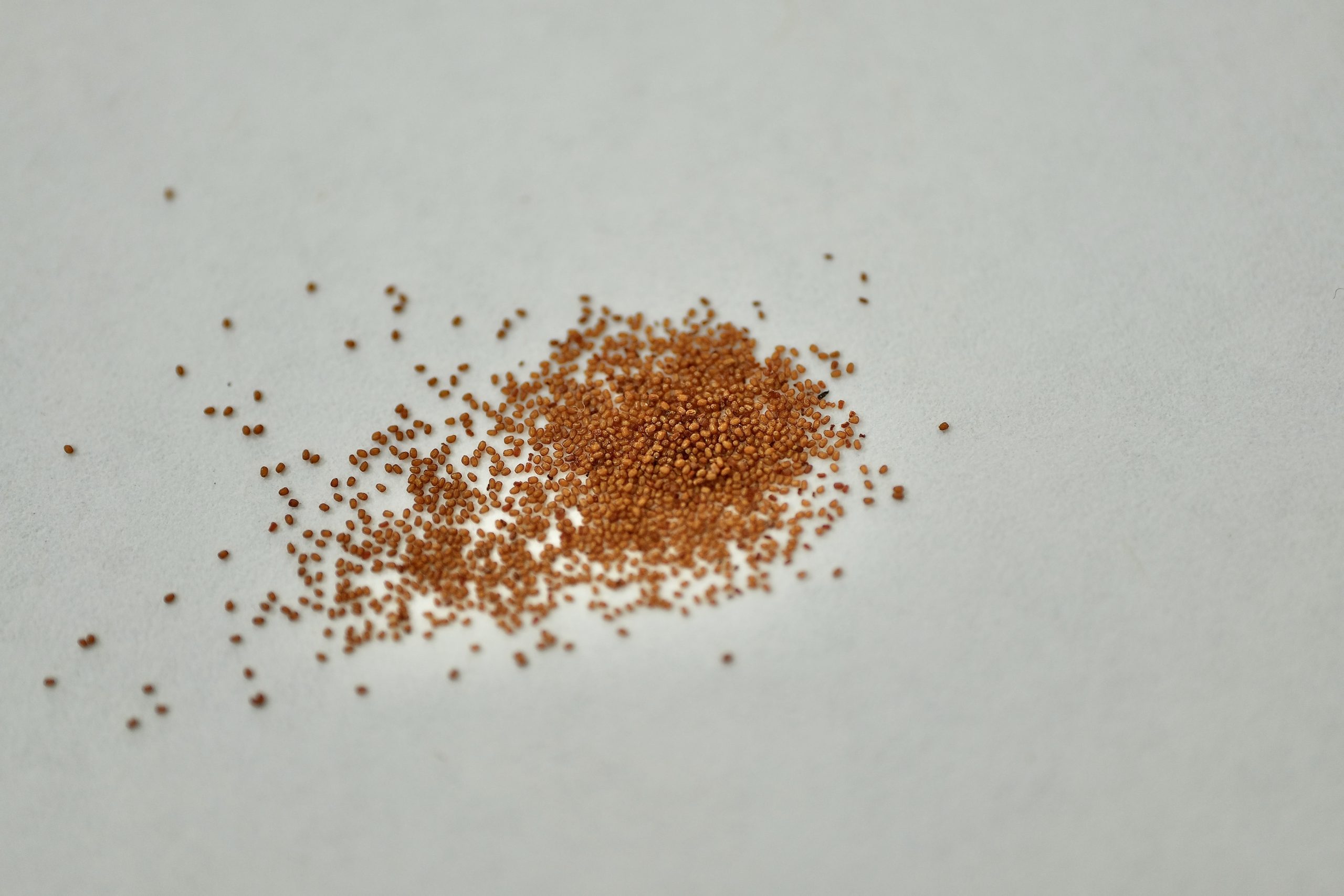
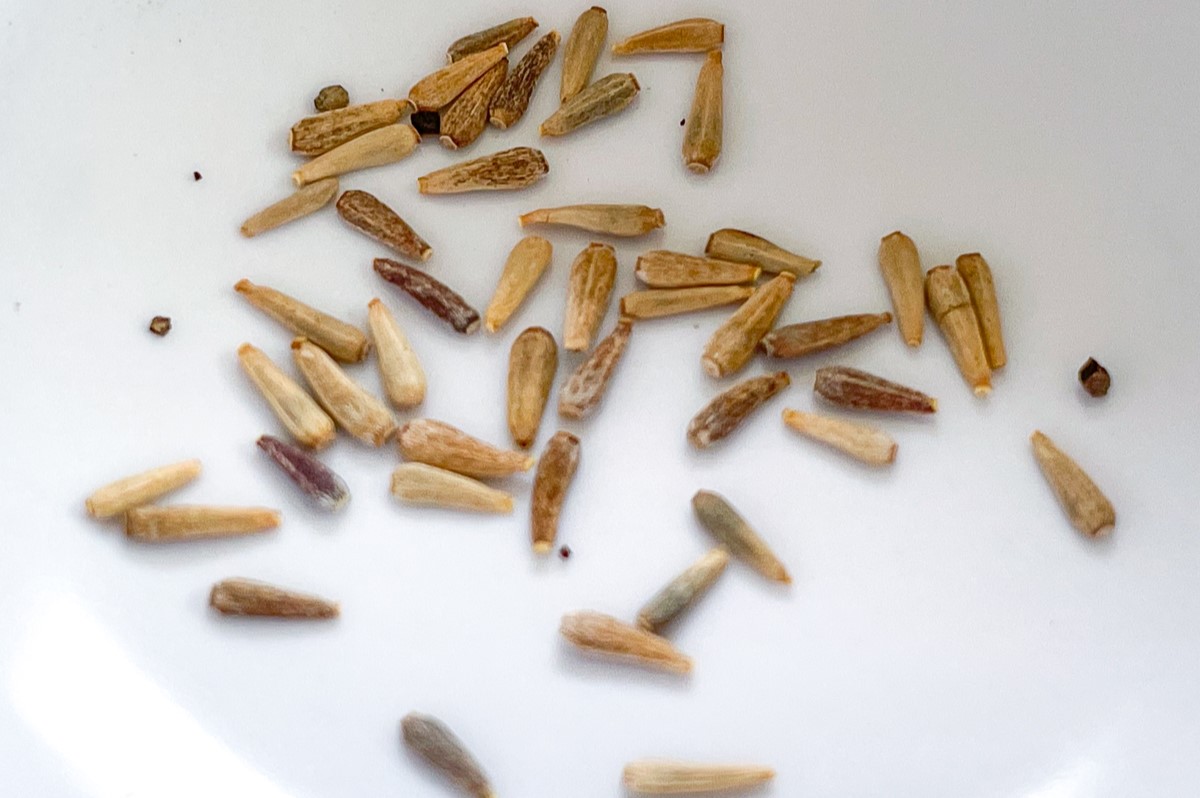
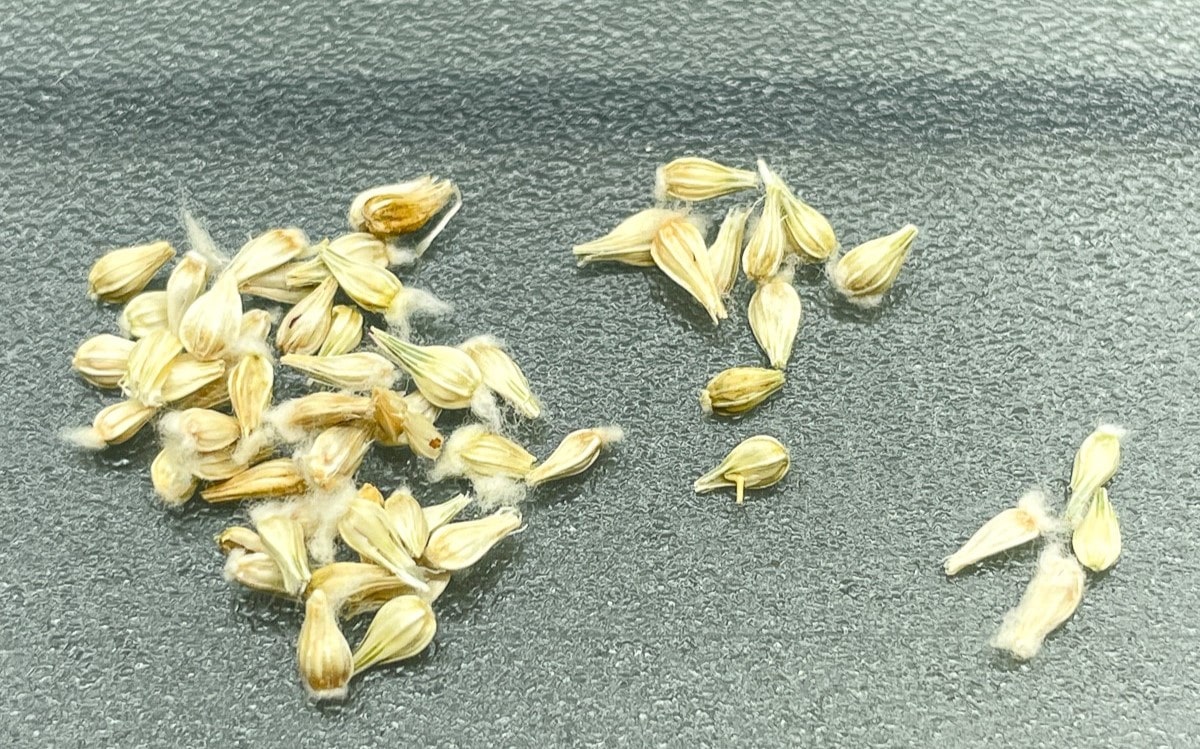
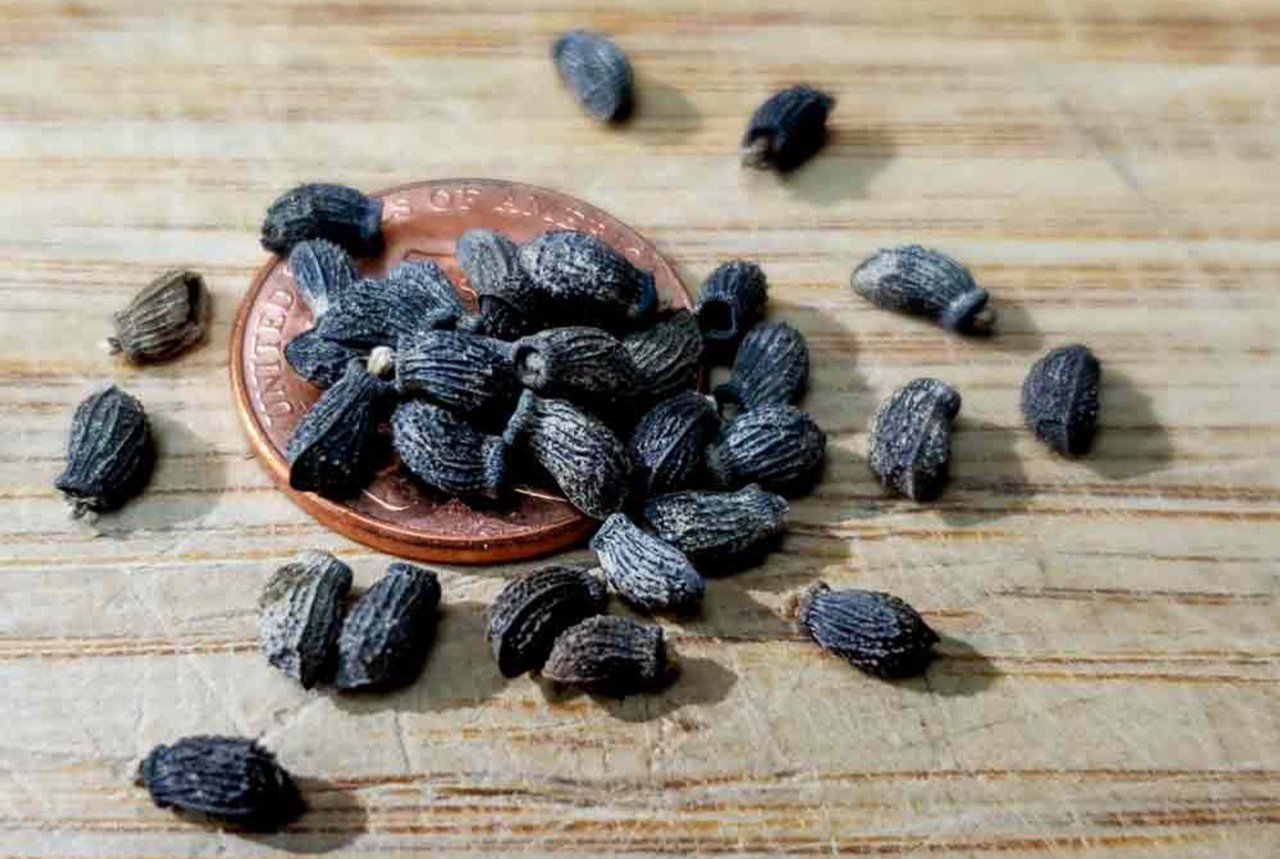

0 thoughts on “What Do Eucalyptus Seeds Look Like”